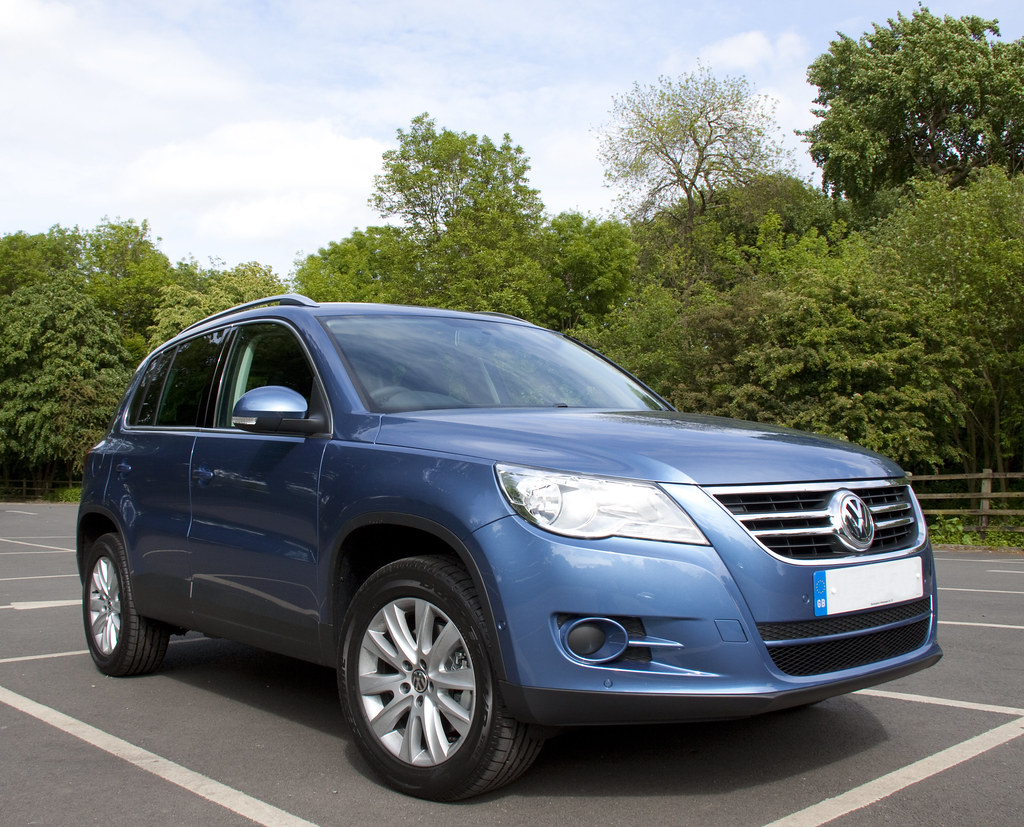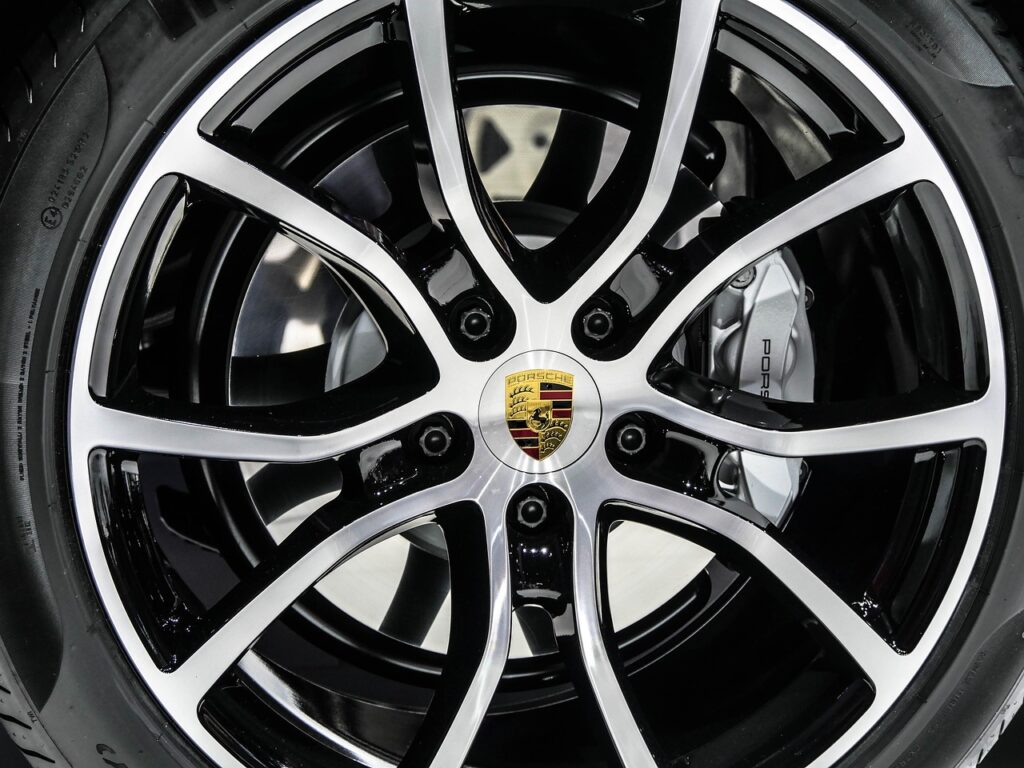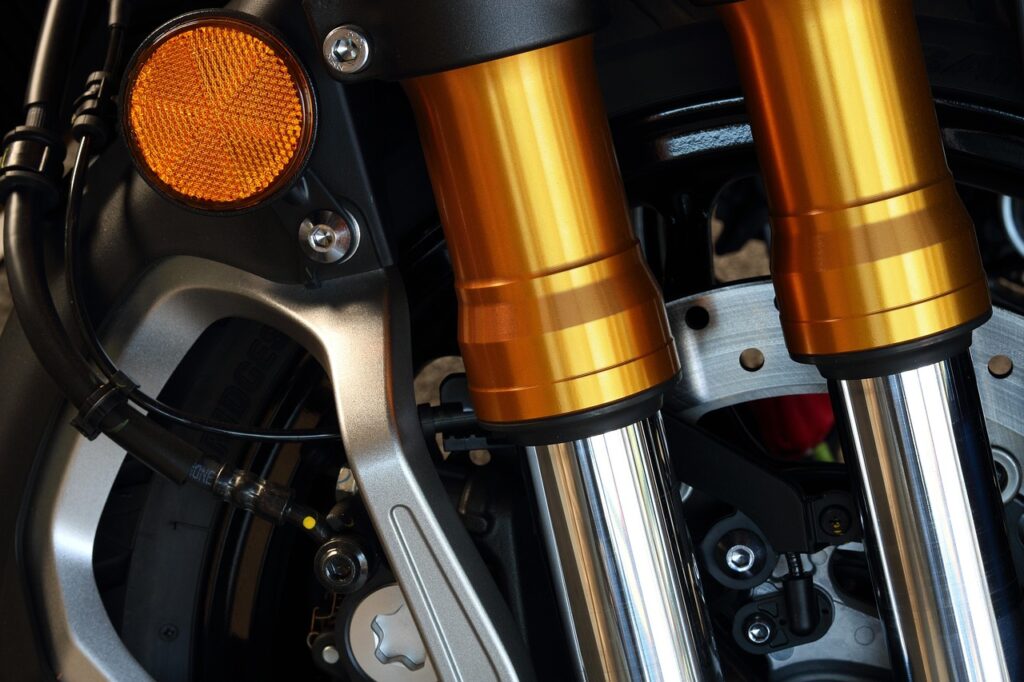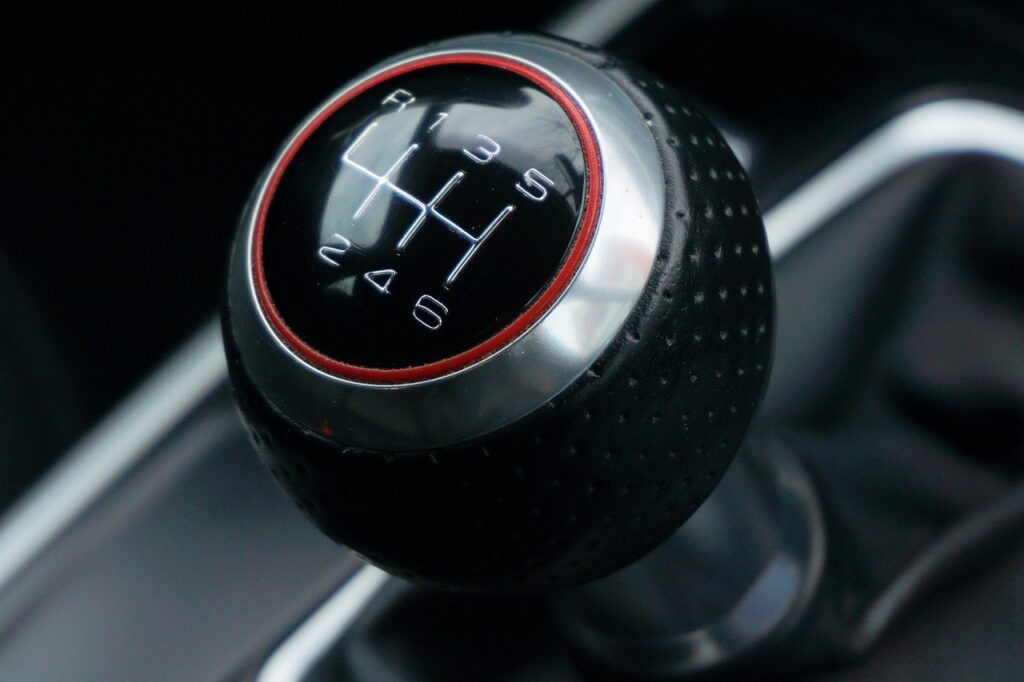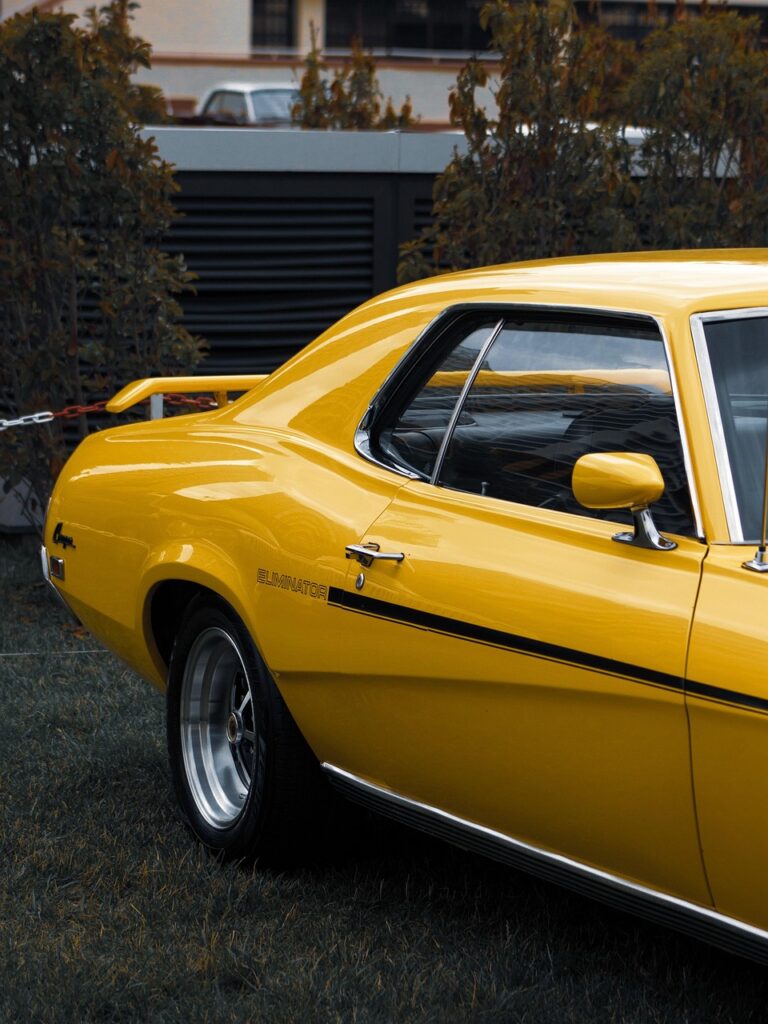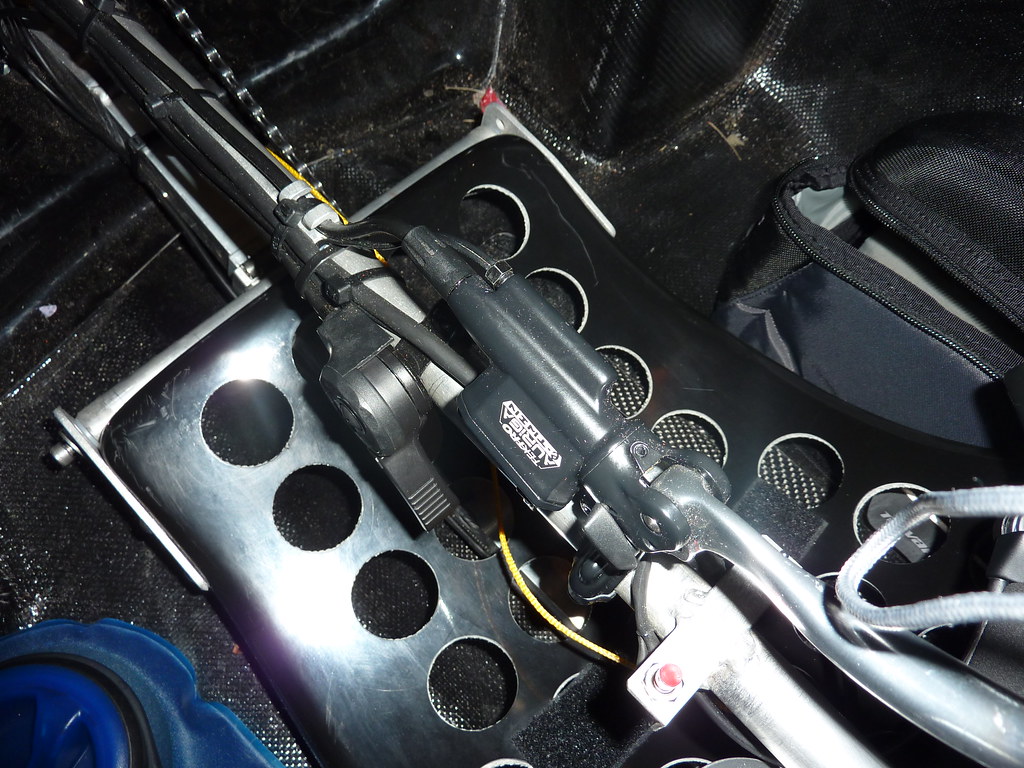
In the ever-evolving landscape of automotive engineering, few components have undergone as dramatic a transformation, or as swift a disappearance, as the traditional manual parking brake. For decades, the tactile, mechanical lever nestled between the front seats was a ubiquitous sight, a fundamental part of the driving experience that enthusiasts and everyday motorists alike understood and relied upon. It was the unequivocal signal that your vehicle was secured, a simple yet effective mechanism that offered a direct connection between driver and machine.
However, if you’ve stepped into a new car showroom recently, you’ve likely noticed a significant change. The familiar handbrake lever is, for the most part, gone. This isn’t a gradual fade-out; it’s a rapid, industry-wide pivot, driven by a confluence of technological advancements, design considerations, and evolving consumer preferences. This shift, while lauded by some for its convenience, also introduces a new set of challenges and considerations that every modern driver should be keenly aware of.
This in-depth exploration will delve into the profound reasons behind this transformation, shedding light on why the manual parking brake, far from making a comeback as some might believe, is undeniably on its way to becoming a relic of automotive history. We’ll uncover the compelling advantages that have propelled electronic parking brakes to dominance, dissect the hidden costs associated with this advanced technology, and examine the real-world implications and unforeseen mishaps that have arisen from this wholesale adoption.
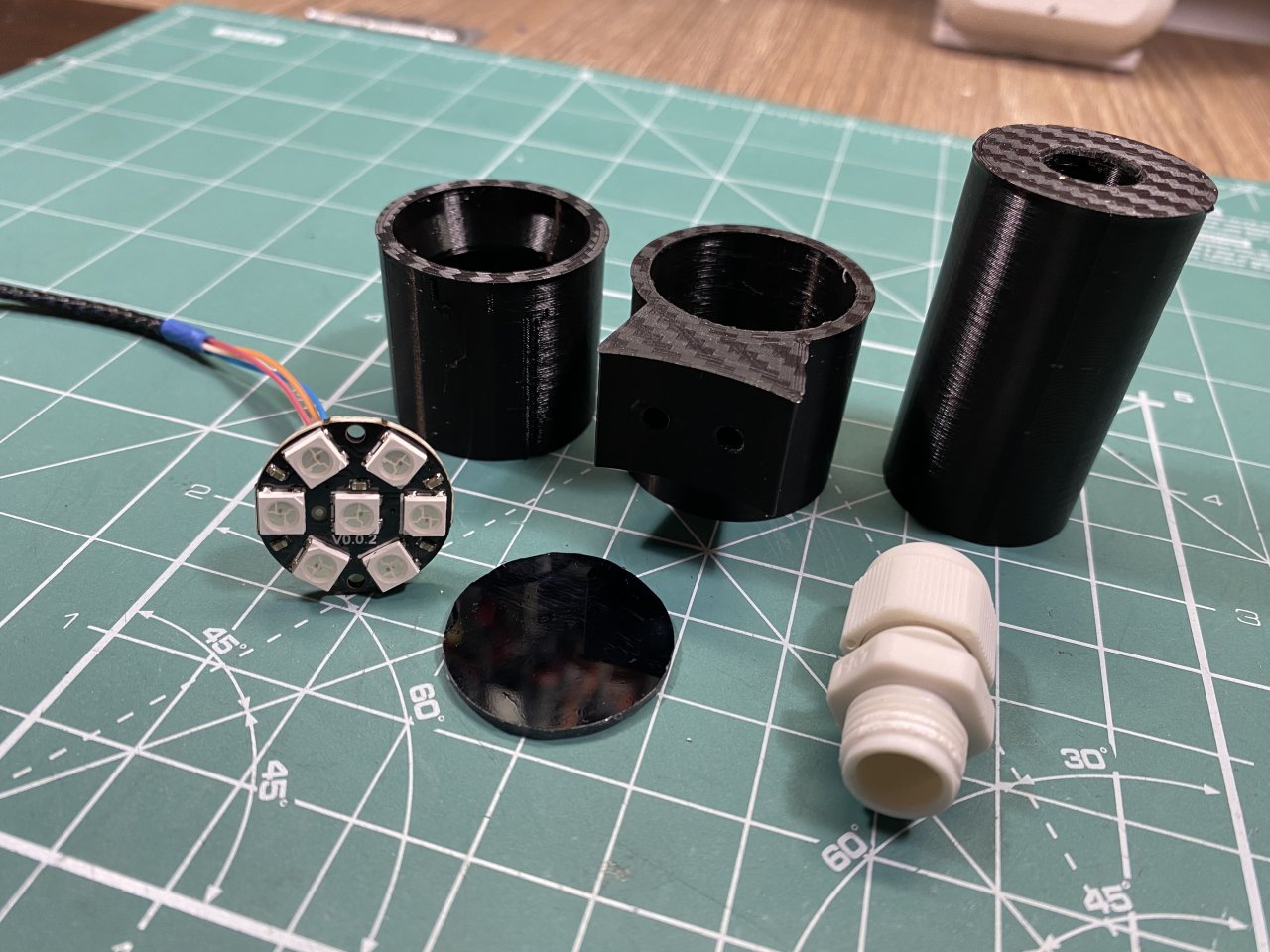
1. **The Rapid Disappearance of Manual Handbrakes: A Market Shift**The most striking observation in today’s automotive market is the overwhelming prevalence of electronic parking brakes (EPBs) over their traditional manual counterparts. The numbers speak volumes: market analysis reveals that more than nine in ten new motors are now equipped with these button-operated systems. This leaves a mere 9 percent of new models still clinging to the conventional pull-lever handbrake, marking a stark and rapid shift in industry standards.
This isn’t merely a slow evolution; it’s an accelerated transition that has seen the traditional car part’s presence diminish dramatically in showrooms. An annual market review conducted by online motor retailer CarGurus at the end of 2023 painted a clear picture of this trend, reporting that 21 models that still offered manual handbrakes were removed from sale during that calendar year alone. Such a significant culling of options leaves buyers with substantially fewer choices.
In fact, compared to 2019, buyers now have 61 percent fewer cars to choose from that come equipped with a manual handbrake. This rapid disappearance has been further intensified by automotive brands strategically phasing out some of their older models, taking with them the last bastions of the conventional handbrake. It’s an undeniable indicator that the era of the manual parking brake is drawing to a close, much sooner than many might have anticipated.
2. **The Ubiquity of Electronic Parking Brakes: The New Standard**With the manual handbrake receding into the annals of automotive history, the electronic parking brake has emphatically taken its place as the modern standard. Gone is the imposing lever, replaced instead by a small dip switch, often located in the same console area, yet no larger than the switch used to operate power windows. This compact design is a hallmark of the new era, signifying a fundamental change in how parking brakes function and integrate into vehicle architecture.
At its core, an EPB operates through a sophisticated electronic mechanism. When the driver engages the switch, electronic motors are activated. These motors then apply pressure, pressing the braking pads directly into the rear brakes, effectively securing the vehicle. While the method of engagement is entirely different from a physical lever, the fundamental outcome remains precisely the same: the vehicle is held firmly in place, preventing unintended movement.
The widespread adoption of EPBs has been nothing short of a conquest within the automotive sphere. According to a study conducted by CarGurus in 2024, an astonishing 92 percent of new cars released in the U.K. that year utilized electronic parking brakes. This overwhelming dominance highlights how thoroughly EPBs have permeated the market, making the physical handbrake lever an increasingly rare sighting and cementing the electronic system as the de facto technology for parking security.
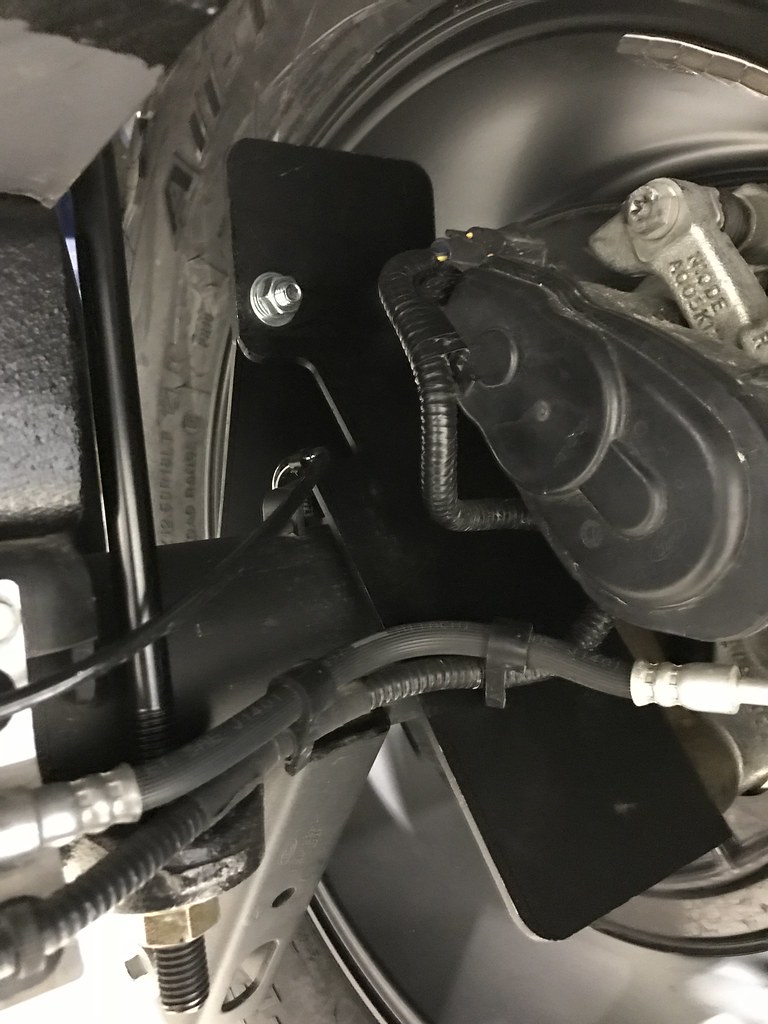
3. **Design and Space Optimization: A Key Driver for EPBs**One of the most compelling arguments for the widespread adoption of electronic parking brakes, from an automotive manufacturer’s perspective, lies in their inherent design advantages, particularly concerning interior space and overall vehicle architecture. The transformation from a large, jutting lever to a compact switch on the console offers immediate and significant benefits that resonate with modern vehicle design philosophies. This reduction in physical footprint is a primary factor making EPBs so attractive.
Replacing a bulky handbrake lever with a minuscule switch frees up a considerable amount of valuable real estate within the driver console and the area beneath it. This newly liberated space is not merely aesthetic; it allows designers and engineers to integrate more features and functions into the cabin. This might include larger infotainment controllers, additional storage compartments, or more sophisticated electronic modules, all contributing to a more feature-rich and ergonomically designed interior.
Furthermore, the electronic nature of EPBs simplifies the vehicle’s underlying mechanical systems. Unlike traditional handbrakes that require physical cables and brake lines to be routed from the lever to the rear wheels, EPBs activate brake pads electronically. This eliminates the need for complex cable assemblies, helping to streamline the overall car design and manufacturing process. The result is a cleaner, less cluttered underbody, contributing to both efficiency and potentially reduced production complexities.
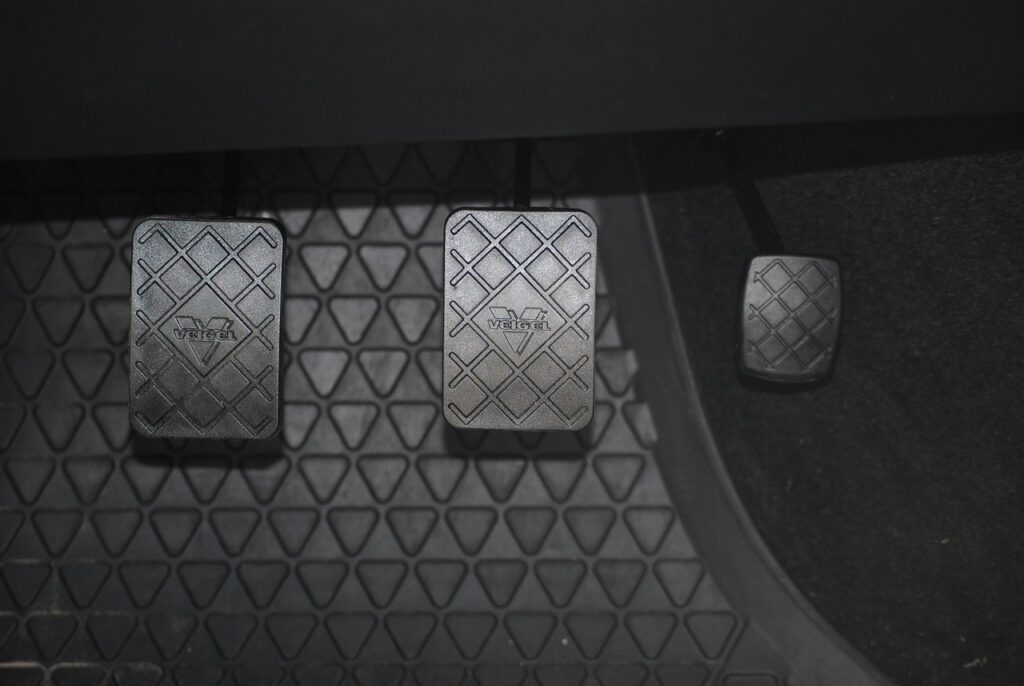
4. **The Allure of Convenience: Automatic Engagement and Disengagement**For many drivers, the primary appeal of electronic parking brakes lies in the sheer convenience they offer. This technology is designed to simplify the act of securing a vehicle, often automating processes that previously required conscious driver input. It’s an undeniable draw, particularly in an era where vehicles are increasingly equipped with features aimed at enhancing ease of use and reducing driver effort, thus aligning perfectly with modern driving expectations.
A key aspect of this convenience is the automatic disengagement feature. When a driver is ready to move, the EPB is designed to automatically release as soon as the accelerator pedal is depressed or the clutch is engaged to pull away. This eliminates the need to manually disengage the brake, making pull-offs smoother and reducing a common source of minor driver oversight. Similarly, many systems are programmed to automatically activate when the car is shifted into park (P) mode or when the engine is turned off, providing a seamless transition to a secured state.
Further enhancing this convenience is the ‘Auto-hold’ function, a more advanced feature found in many modern vehicles. This system intelligently senses when the vehicle is stationary, such as at a traffic light or in stop-and-go traffic, and automatically applies the brakes without any direct driver input. This allows the driver to release the brake pedal while the car remains held, only disengaging when the accelerator is pressed. This level of automation underscores the appeal of EPBs, transforming a routine task into an almost effortless action.

5. **The Hidden Costs: Repair Expenses for Electronic Parking Brakes**While the convenience and design benefits of electronic parking brakes are clear, they come with a significant asterisk: the potential for substantially higher repair costs. This is a critical consideration for car owners, as the advanced technology that makes EPBs so user-friendly can also lead to a much heavier financial burden when things go wrong. This is a trade-off that many drivers may only discover after an issue arises, often to their dismay.
Data from the Institute of Automotive Engineer Assessors highlights this disparity starkly. The average cost to repair a fault with a traditional manual handbrake last year was recorded at approximately £220.37. In stark contrast, resolving an issue with an electronic parking brake commanded an average bill of £665.98 – more than three times the cost of its mechanical predecessor. This substantial difference underscores the increased complexity and specialized components involved in EPB systems.
Further reinforcing this trend, used car warranty provider MotorEasy provided similar, and in some cases, even higher figures. They reported that the average repair cost for a fault with a manual handbrake stands around £250. However, for an electronic parking brake, the average claim bill was found to be more than three times higher, at an astonishing £820. MotorEasy even noted that some average repair costs for a faulty electronic parking brake can climb to £831, emphasizing the premium associated with maintaining these technologically advanced systems. This financial reality is a crucial factor for prospective buyers to consider.
Read more about: The Shocking Truth About Car Repair Costs: 14 Expensive Fixes That Can Drain Your Wallet
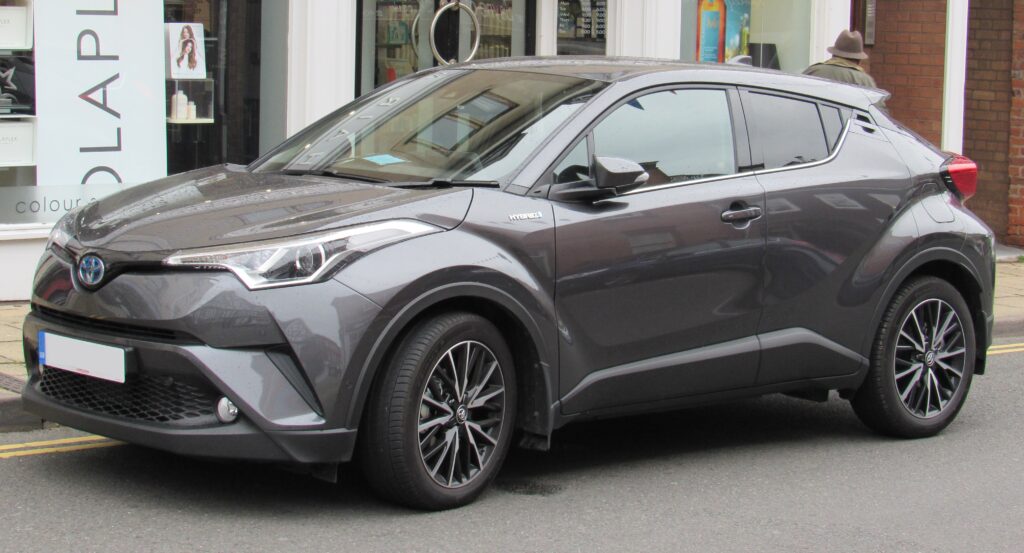
6. **The Pitfalls of Automation: Real-World Mishaps and Driver Reliance**The convenience offered by electronic parking brakes, while a significant draw, also harbors a subtle peril: the potential for drivers to become overly reliant on their automatic functions, sometimes leading to embarrassing and even dangerous mishaps. The very ease with which these systems operate can, paradoxically, breed complacency, as drivers might assume engagement without explicit confirmation or understanding of specific operating procedures. This reliance on automation can be a double-edged sword.
Electronic parking brakes are designed to automatically disengage when a driver pulls away and, ideally, to activate once the driver pulls up and parks. However, there are crucial instances where this latter action might not occur as expected. This can happen if the driver fails to follow the correct sequence, such as putting a manual gearbox vehicle into neutral or an automatic into ‘park’ before turning off the engine, or simply due to an unforeseen fault within the electronic system itself. Such a lapse can have immediate and unsettling consequences.
A recent high-profile incident brought this danger into sharp focus when account manager Vicky Lane, 23, from Hemel Hempstead, experienced an electronic parking brake-related mishap with her Audi Q2. Footage from her home security camera captured the embarrassing moment she exited her car after parking, only to witness it slowly rolling down her driveway, narrowly missing a fence post, and heading into the road. The issue? The parking brake had not been applied correctly, highlighting the critical importance of ensuring the system is engaged, regardless of its automatic tendencies. This incident serves as a potent reminder of the potential dangers that can arise from failing to double-check the engagement of an electronic parking brake.
7. **Iconic Models Bid Farewell to the Handbrake Lever**The ongoing automotive transformation has seen a number of well-known models explicitly shed their traditional manual parking brakes, marking a tangible shift in the market. This isn’t just about new designs; it’s about established vehicles adopting the electronic standard, further accelerating the manual handbrake’s journey toward obsolescence. The impact of these specific model changes reverberates across consumer choices and industry trends, underscoring the irreversible nature of this transition.
Perhaps one of the most significant examples of this trend is the discontinuation of the Ford Fiesta. Long hailed as Britain’s favorite car, its removal from sale last summer also meant the loss of one of the few remaining models that still offered a manual handbrake. This strategic culling by Ford signals a clear move away from mechanical handbrakes even in popular, high-volume segments, reinforcing the broader industry direction.
Beyond the Fiesta, other notable models have also contributed to the shrinking pool of manual handbrake options. Ford’s decision to axe the EcoSport compact crossover SUV, alongside Kia discontinuing its Rio supermini, collectively removed two more vehicles from showrooms that had retained the conventional pull-lever. These actions by major manufacturers illustrate a concerted effort to streamline product lines toward modern, electronically equipped platforms.
Further reinforcing this wholesale transition, Volkswagen ceased outputs of its Up! city car at the end of 2023, eliminating yet another manual handbrake option. Moreover, revised versions of popular models like the Renault Clio, Renault Captur, Toyota Land Cruiser, and Toyota Yaris all underwent significant updates in 2023, each switching from the traditional handbrake to electronic parking brakes as part of their redesign. This comprehensive shift across various segments leaves little doubt about the industry’s future direction.
8. **The Diminishing Landscape of Manual Parking Brake Offerings**The once-ubiquitous manual handbrake now occupies a rapidly shrinking niche within the new car market. A comprehensive review of current offerings starkly illustrates this decline, revealing that a mere 9 percent of new models are still equipped with a conventional pull-lever handbrake. This precipitous drop from 37 percent in 2018, as reported by CarGurus, highlights an accelerated and dramatic transformation in automotive design and consumer options.
For buyers actively seeking the tactile experience of a manual handbrake, the choices have become increasingly limited. Data indicates a significant reduction in available models, with buyers having 61 percent fewer cars to choose from that come equipped with this traditional feature compared to 2019. This decline has been intensified by manufacturers strategically phasing out older models, taking with them some of the last bastions of conventional handbrake design.
Despite this overwhelming trend, a handful of automotive brands continue to offer a higher percentage of models with manual handbrakes, catering to a specific segment of the market. Suzuki stands out, with 71 percent of its models still featuring the manual lever (five out of seven). Abarth follows with 66 percent (two out of three models), and Dacia maintains 50 percent of its lineup with manual options (two out of four models).
Other notable brands include Fiat, with 45 percent of its models still equipped with a manual handbrake, and SsangYong, at 40 percent. These figures, while exceptions to the rule, underscore that while the overall market is moving swiftly towards electronic systems, a few manufacturers are maintaining options for those who still appreciate the classic mechanical connection. Experts, like Chris Knapman of CarGurus, note that these remaining manual options are largely reserved for smaller, more affordable petrol vehicles, such as the Kia Picanto and Mazda 2 supermini.
Read more about: Beyond the Hype: The 15 Overpriced Cars and Brands That Experts Say You Should Absolutely Avoid in 2024-2025
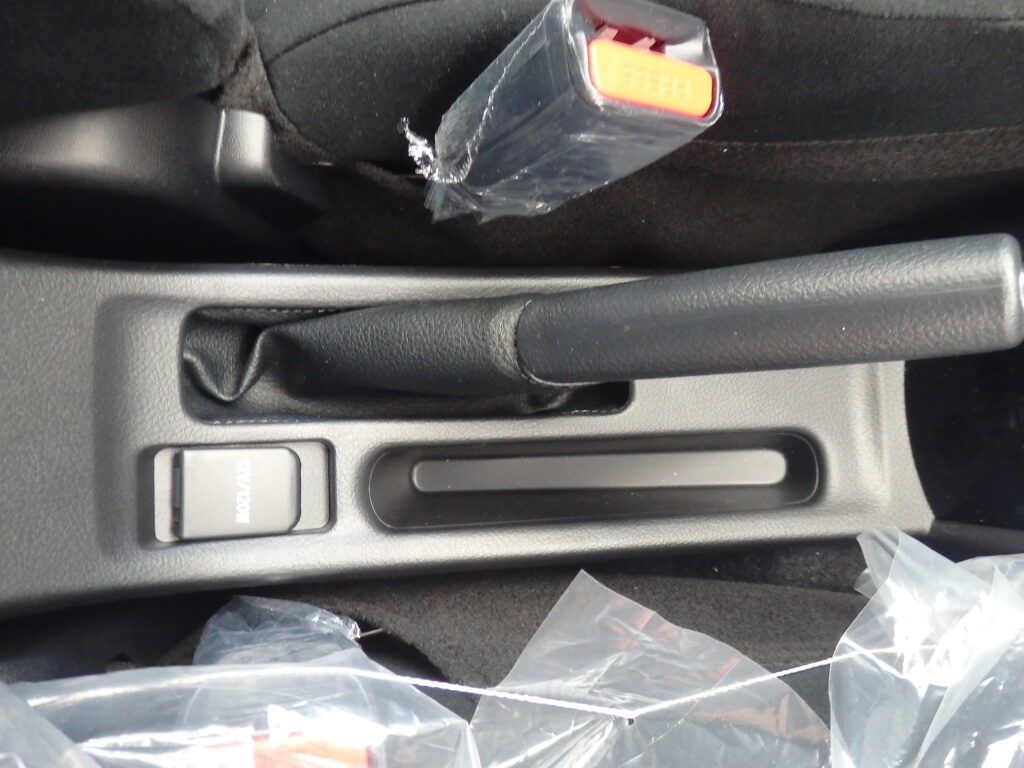
9. **Driver Preference: The Enduring Appeal for Traditionalists**While the automotive industry largely champions the convenience of electronic parking brakes, a significant segment of drivers—often referred to as ‘traditionalists’ or enthusiasts—express a strong preference for the familiar manual handbrake. This isn’t merely a nostalgic sentiment; it stems from a deeply ingrained appreciation for the mechanical feedback and direct control that a physical lever provides, elements often diminished in electronically controlled systems.
For many, the manual handbrake offers a palpable connection to the vehicle, a direct and unequivocal input that resonates with a more engaged driving experience. The ‘tactile and mechanical feel’ of a conventional handbrake is often cited as a key differentiator. It provides immediate sensory feedback, allowing drivers to intuitively understand the degree of brake engagement, a level of intimacy with the machine that a simple button press can rarely replicate.
This preference extends beyond daily parking routines, touching upon the dynamic capabilities of a vehicle. While electronic systems are engineered for efficiency and convenience, the manual handbrake has historically played a role in specific driving maneuvers, offering a form of control that appeals to performance enthusiasts. The ability to modulate brake application manually contributes to a sense of mastery and responsiveness that is highly valued.
Ultimately, the enduring appeal of the manual handbrake for traditionalists highlights a broader philosophical divide in automotive design: the balance between automation and driver involvement. As cars become increasingly automated, the manual handbrake stands as a symbol of a more analog era, representing a deliberate choice for physical interaction over digital abstraction, even if it comes at the cost of some modern conveniences.
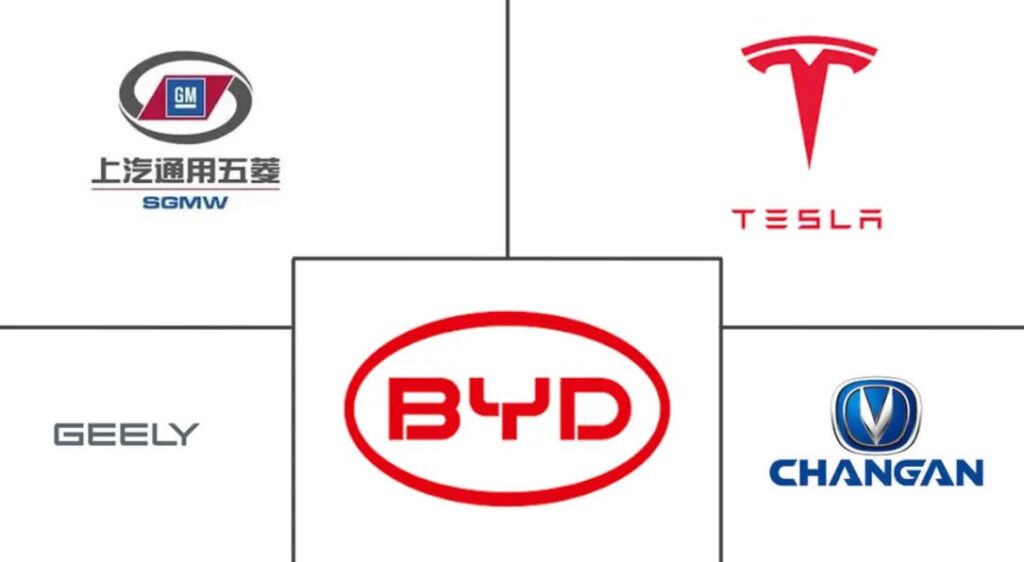
10. **The Inexorable March Towards Extinction and Electrification**The trajectory of the manual parking brake points unequivocally towards its eventual extinction, a fate intrinsically linked to the automotive industry’s accelerating transition to electric vehicles (EVs). This is not merely a coincidentally aligned trend; the inherent architectural and operational philosophies of modern EVs naturally favor integrated electronic controls, rendering mechanical levers increasingly obsolete in the vehicle’s overall design.
Industry experts and market analysts have painted a clear picture of this impending demise. Chris Knapman, CarGurus UK editorial director, has explicitly stated that ‘the writing’s on the wall for the fabled manual handbrake,’ projecting that it will ‘become extinct on mainstream cars by the end of the decade.’ This timeline aligns ominously with the proposed ban on sales of new petrol and diesel cars from 2035, suggesting the traditional component will largely disappear from new motors in the early 2030s.
The very nature of electric vehicle platforms, often built on ‘skateboard’ architectures with battery packs integrated into the floor, lends itself to electronic rather than mechanical systems. Such designs prioritize clean lines, modularity, and simplified wiring harnesses, making the routing of physical cables for a manual handbrake an unnecessary complexity. Electronic systems, by contrast, integrate seamlessly into the vehicle’s digital network.
Therefore, as manufacturers commit increasingly vast resources to developing and producing EVs, the manual handbrake, described by Knapman as a ‘once universal feature,’ will find fewer and fewer places within these advanced powertrains. Its disappearance is less about a direct technological replacement and more about a fundamental paradigm shift in how vehicles are conceived, engineered, and operated in the electric era.
11. **Beyond the Lever: The Evolution of Driver-Vehicle Interaction**The shift away from the manual parking brake is more than just a component change; it’s emblematic of a profound evolution in how drivers interact with their vehicles. The disappearance of this tactile lever signals a broader industry trend towards simplified, often automated interfaces, fundamentally altering the physical and cognitive demands placed upon the driver. This overarching move impacts not just how we park, but how we experience driving as a whole.
Modern automotive design increasingly prioritizes seamless, intuitive operation, often achieved through electronic controls and automation. Replacing a robust, mechanical lever with a compact button or switch embodies this philosophy, aiming to reduce driver effort and enhance perceived convenience. This design choice frees up physical space and also contributes to a cleaner, more minimalist cabin aesthetic, aligning with contemporary consumer expectations for sophisticated, technology-rich interiors.
However, this automation introduces a new dynamic to driver behavior, as evidenced by real-world mishaps. The convenience of automatic engagement or disengagement can inadvertently foster a sense of complacency, leading drivers to rely on the system rather than actively verify its activation. This reliance highlights a critical pedagogical shift: new drivers, and even experienced ones, must now learn to trust electronic systems, rather than engage directly with mechanical feedback.
The overarching implication is that the driver’s role is subtly changing from an active operator of mechanical systems to a more supervisory role over electronic ones. As more physical controls give way to digital interfaces, the relationship between human and machine becomes increasingly mediated by software and sensors. The manual handbrake’s decline thus serves as a powerful microcosm of this wider transformation, pushing us further into an era where driving is less about raw mechanical engagement and more about integrated electronic management.
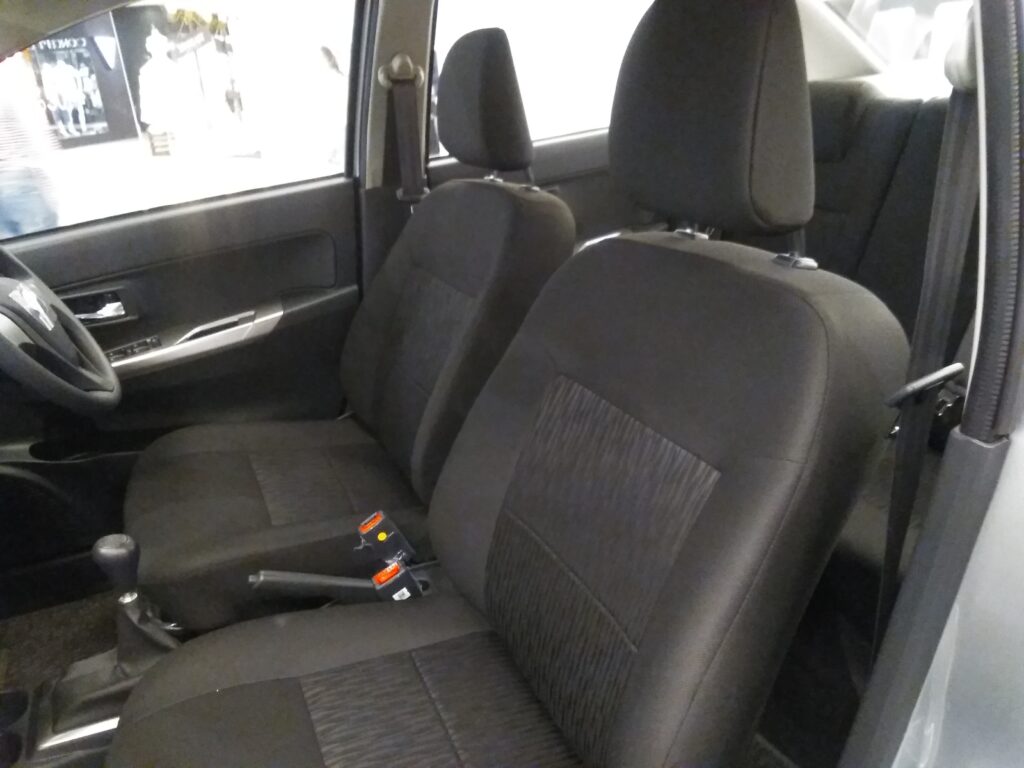
12. **Bidding Farewell: Cherishing the Legacy of a Driving Staple**The traditional manual parking brake, for decades a steadfast and unambiguous component of the driving experience, is undeniably entering its twilight years. Its journey from a ubiquitous, fundamental control to a rapidly vanishing feature in new cars marks a significant turning point in automotive history. Far from making a comeback, as some might wistfully imagine, this mechanical staple is a relic in the making, giving way to the undeniable tide of technological advancement.
The reasons for its diminishing presence are manifold and compelling, driven by a confluence of design innovation, a pursuit of driver convenience, and the sweeping embrace of electrification across the industry. While the manual handbrake offered a direct, robust, and often emotionally satisfying connection to the vehicle, its mechanical complexity and spatial demands proved increasingly incongruous with the streamlined, digitally integrated architectures of modern automobiles.
As we look back at the simple, effective mechanism that reliably secured countless vehicles over generations, we acknowledge the trade-offs inherent in progress. We gain optimized interior space, effortless automation, and the sophistication of intelligent vehicle systems. Yet, we bid farewell to the tactile certainty and the distinct mechanical engagement that defined a significant era of driving. The handbrake’s decline is a testament to an industry relentlessly pushing boundaries, always seeking the next evolution.
As the automotive world charges headlong into an electric and highly automated future, the manual handbrake stands as a poignant symbol of a bygone era. It represents a piece of driving heritage that, while no longer central to cutting-edge design, will forever hold a special place in the hearts of enthusiasts and those who appreciate the straightforward elegance of mechanical engineering. So, let’s take a moment to appreciate this unsung hero of the road as it quietly, but definitively, makes its final exit from the new car showroom.

